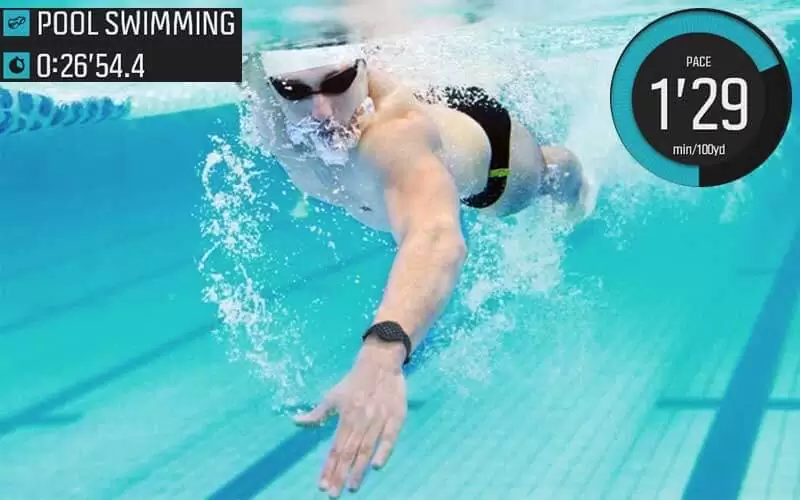
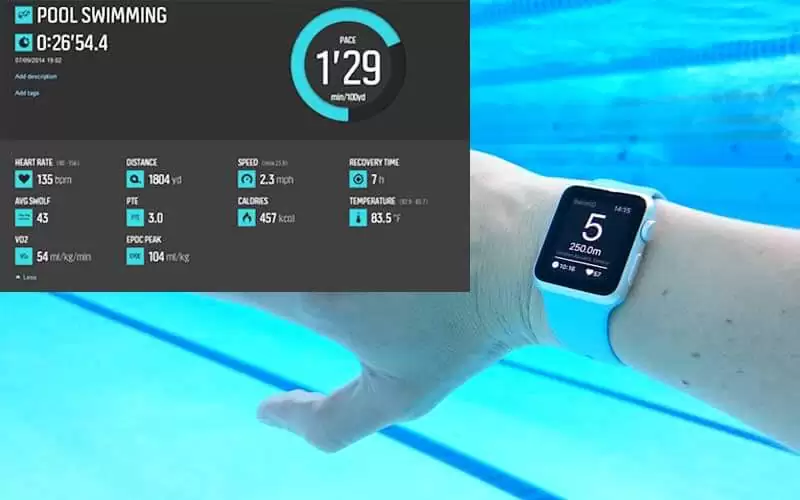
Swimming Metrics: What and How Important They Are?
If you’re updated with tech, you might have noticed that brands like Samsung, Apple have joined the business of Garmin, Polar, and Suunto etc. What it means is, these tech giants are manufacturing swimming gears(watches) to make the life of a swimmer better.But in any of these watches, you will find some data, stats, and number popping up. All they show is how many jobs had been done in the pool and good of a swimmer you are.And those are what we call swimming metrics.These will be very helpful to you to understand how are you doing and are you improving or not. So, it’s no less important to understand the stats before you wish to become a good swimmer.List of Swimming Metrics and Their Explanation
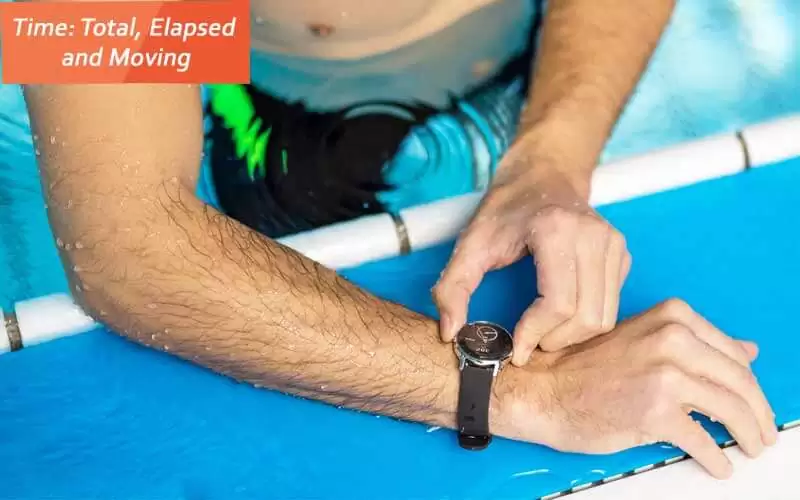 Time: Total, Elapsed and Moving
Time: Total, Elapsed and Moving
Most basic metrics of swimming is maintaining time. You will just measure and will have the target to finish in a short time this is not actually maintaining time metrics. Time has been distributed into three categories.- Total time
- Elapsed time
- Moving time
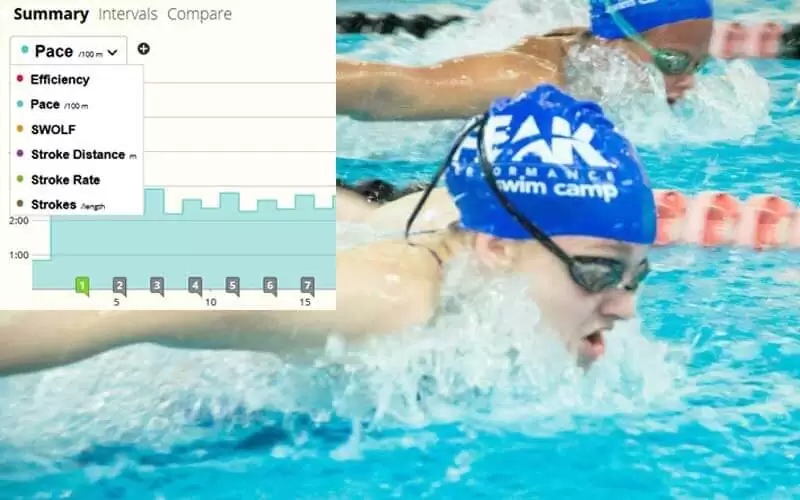
The Pace: Best and Average
Simply to say it is the metrics of your speed. It means how much speed you’re swimming at. You can measure this in m/h or km/h. It fully depends on your choice.For example, if you swim a distance of 1000m at a timespan of 21 minutes and 58 seconds, you can measure your pace as 2.12 for per 100 meters. If you convert between the units, it’s 2.7km/h or 1.7mph.You have to know the measurement of the pool and obviously your moving time. Then you have to divide the distance by the moving time. By this, you can know your pace.Most commonly two types of paces are recognized-- Best pace
- Average pace
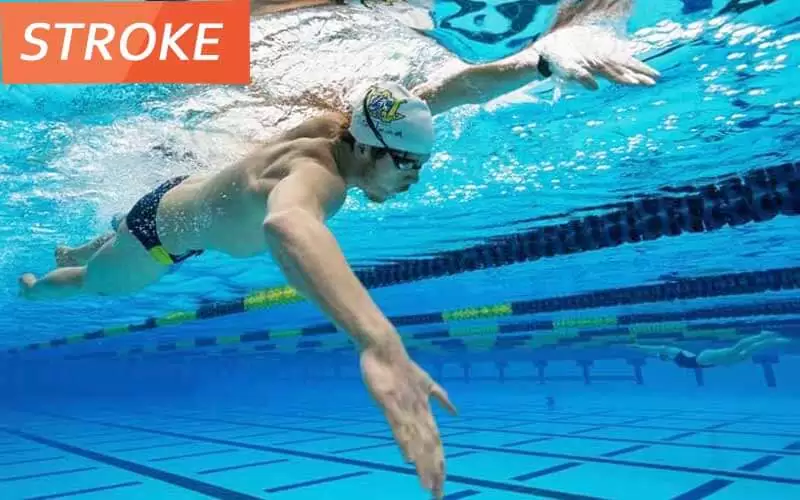
Stroke: Total, Average, Maximum and Stroke Rate
By stroking your hand on the water you go forward. How much time you are stroking this is also an important metrics. You should calculate these metrics strictly to increase your effectiveness.There are again four types of strokes-- Total stroke
- Average stroke rate
- Maximum stroke rate
- Average stroke
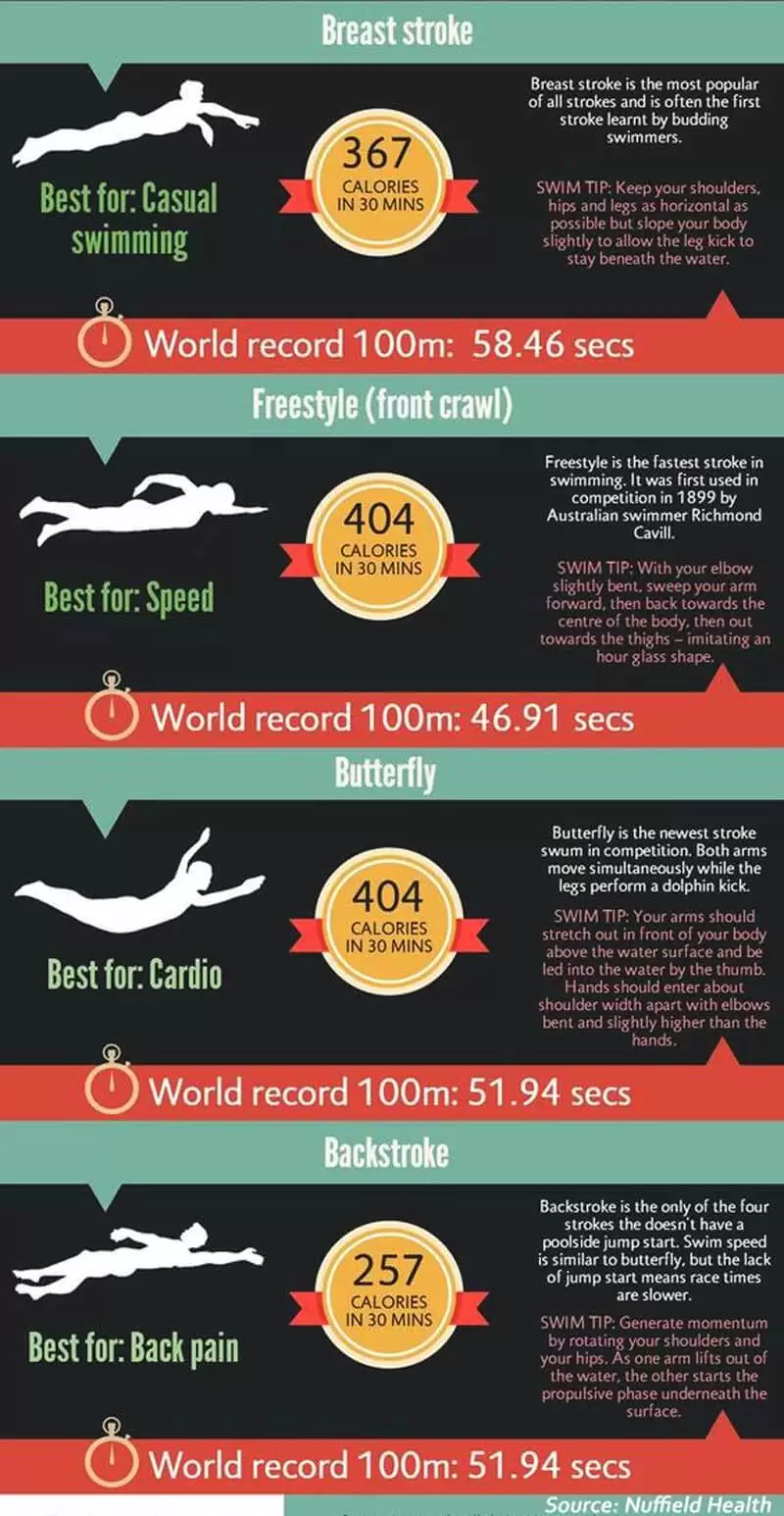
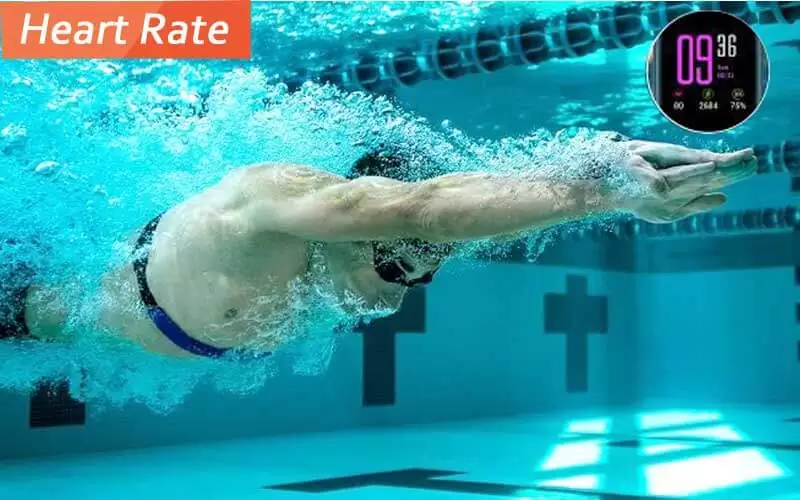
Heart Rate Per Minute
In all exercises, it is important to know heart bit rate. You must get to know to your heart bit rate while swimming. By this, you will get to know the situation of your health. Most of the swimmers track their heart rate always. The intensity of the workout can be measured by this.You can check your heart rate by using a wristwatch. Many companies are offering this function with their digital watch. This digital watch is most common in the market. You can also use stripe chest monitor. By this, you will be able to monitor your heart rate.General science says that in water the human body’s heart rate gets slower. Normally the heart beats per minute 12.Calories Burnt
This also a metrics that a swimmer should always maintain. It will indicate how much calories have been burnt and according to that the diet of a swimmer will depend. Proper maintenance of the calories will let you achieve your goal quickly.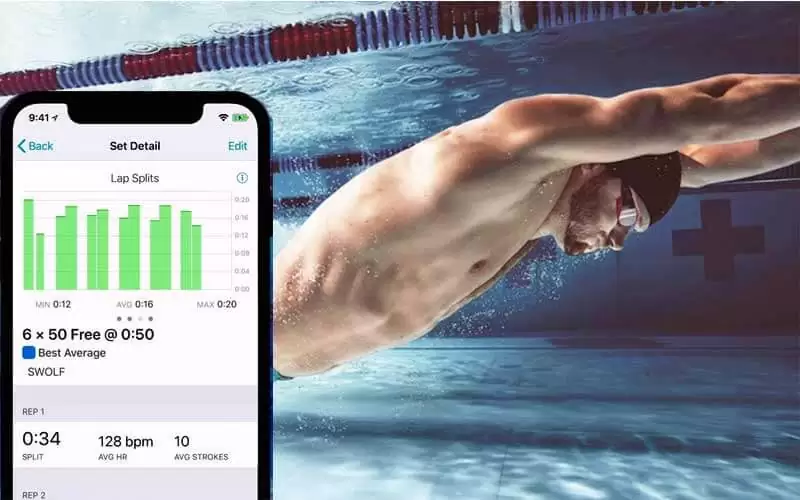
SWOLF: What, Why And How to Count?
SWOLF is the meter of your swimming efficiency. This name is made combining ‘Swimming Golf’. Because like the golf game, your main focus is to lower your score. A low score means that you have more efficiency in your swimming skill.Now, what exactly SWOLF is? It is the sum of how many strokes you require in how many seconds from going to one side to another side of the pool. Sounds confusing, no? Let me do a simple math to clear your confusion. Suppose, you did 15 strokes and it took 30 seconds to reach one side from another. So, your SWOLF will be, the strokes you took + the time you took =15+30=45.Your high efficiency in the water clearly depends on your SWOLF score, which has to have the lowest. You may have done 10 strokes in 35 seconds to cover the pool’s length. Or, you may have done 30 strokes in 15 seconds which is quite impossible. Above all, an average pool of 25m doesn’t need 30 strokes to cover.The main objective of SWOLF is fewer strokes in fewer seconds. This is the only key to achieve high efficiency in the water. But what is the ideal average score of SWOLF? That clearly depends on the length of the pool. But in an average pool of 25m length, SWOLF score should be at least 35-45. The more it decreases the more your potentiality increase.Your stroke count depends on your height too. Generally, the person above 5 feet needs 12 strokes and below to 5 feet needs 20 strokes in order to cover 25m pool. Again, SWOLF depends on which style you are approaching. For example, if you are approaching the butterfly style two strokes will count as one. Because in this style you stroke with your both simultaneously. But in freestyle, each stroke is count as one because you are moving your one hand forward at a time.Read if you need: Waterproof Bluetooth headphones you should take as a audiophole.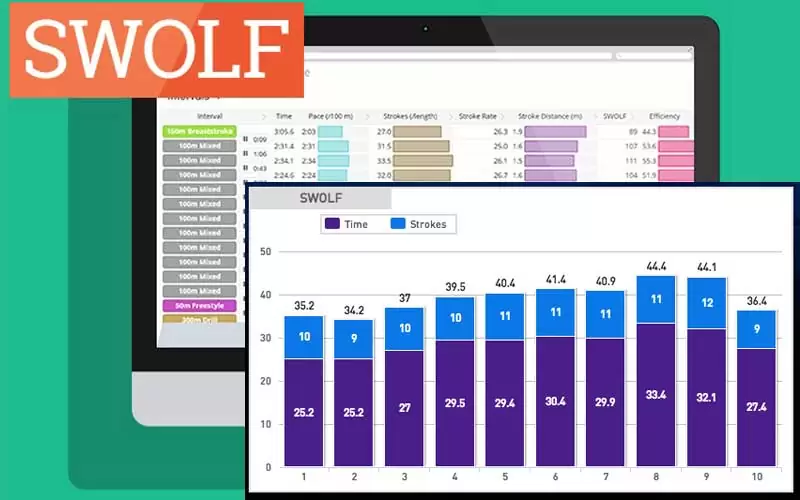
How To Improve Swimming Efficiency by Lowering SWOLF
So, how will you achieve your swimming efficiency by lowering your SWOLF score? The answer is here. Here are some useful tips that will help you to achieve your goal.Always remember, your potentiality is not a competition
One style at a time
Don’t forget to breath
Timing and positioning
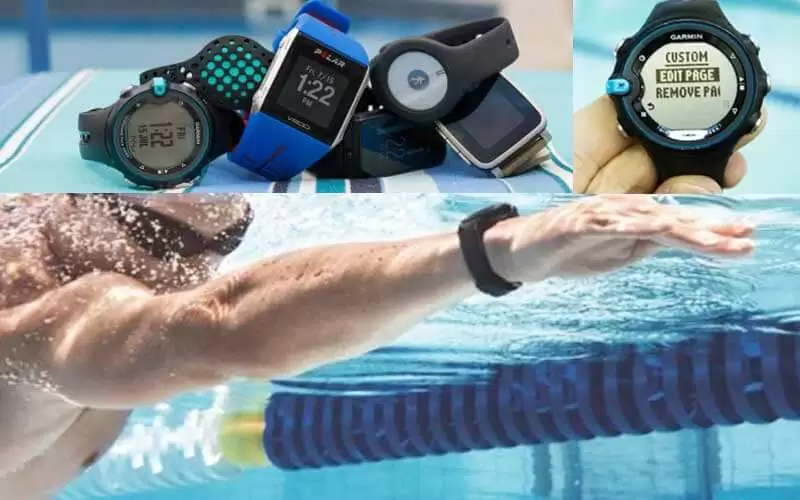
Tips for swimming maintaining metrics : Effective to increase your efficiency
- Always try to swim maintaining a line.
- Follow a routine.
- Swim often to enhance the strength of your muscle.
- Eat enough diet to maintain your body fitness.
- Try to have a powerful kick.
- At the beginning of your swimming session, try closed fist swimming.
Bottom Line
In the end, the best ways are given in this article to improve your swimming skill. Your swimming skill will be upgraded gradually if you follow the swimming metrics with your best effort and passion.Anything without passion you can’t achieve. It is not so tough to keep updated with the new metrics of swimming. And with the update of gadget, it has also become so easy to measure the pace, time, stroke, heart rate etc. You can also measure SWOLF through that device.Therefore, work hard in a smart way obviously. Maintain your routine and don’t give up. Best of luck to you.What to Read Next:
- Best Smartwatches 2024 – Top 11 Best Cheap Smartwatches
- Best Waterproof Fitness Tracker 2024 – The Top 12 Tracker!
- Swimming Metrics Explained : How to Understand swimming stats & terms
- Are Fitness Trackers Worth It? – Is That Fitness Tracker Waste of Money?
- Apple Watch 4 Review – What to expect and Release Date
Leave a Reply